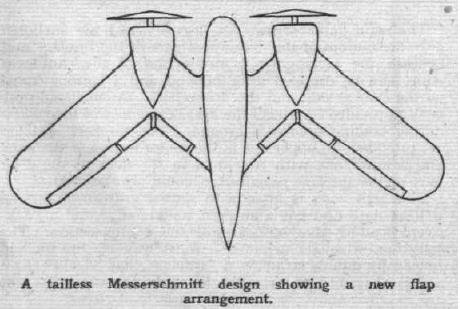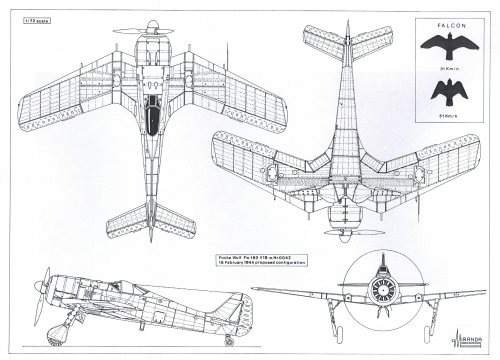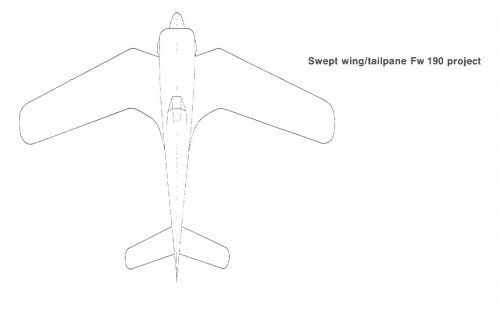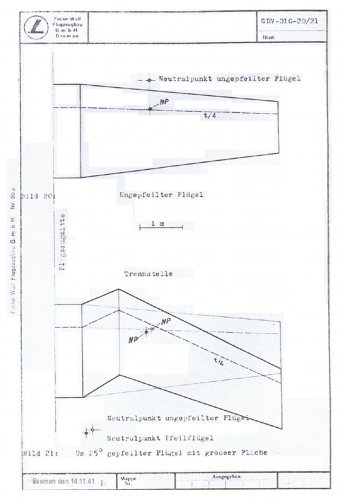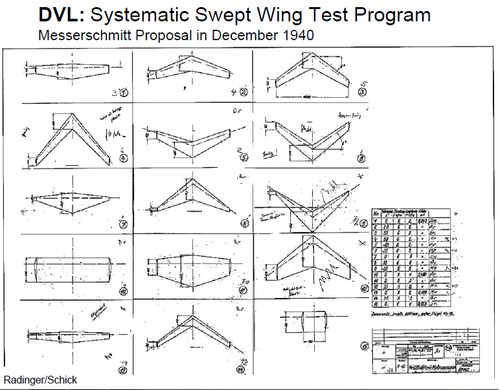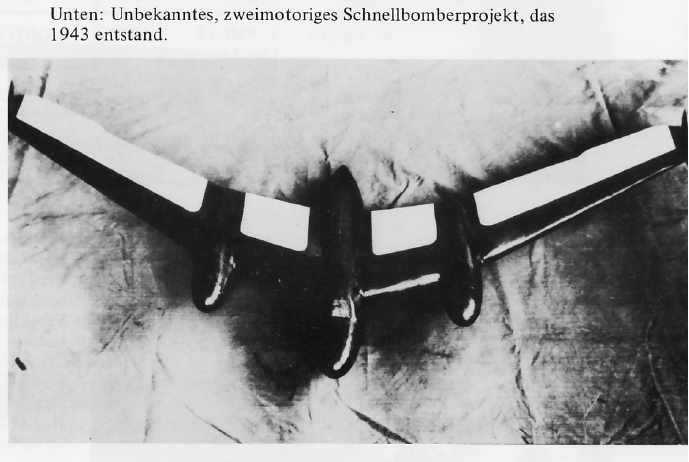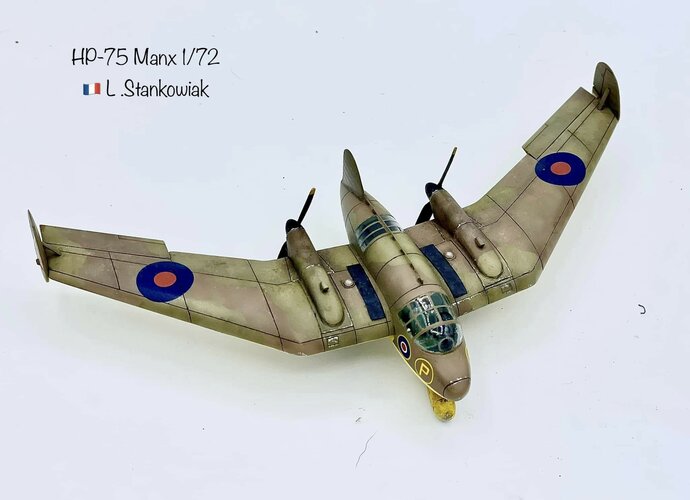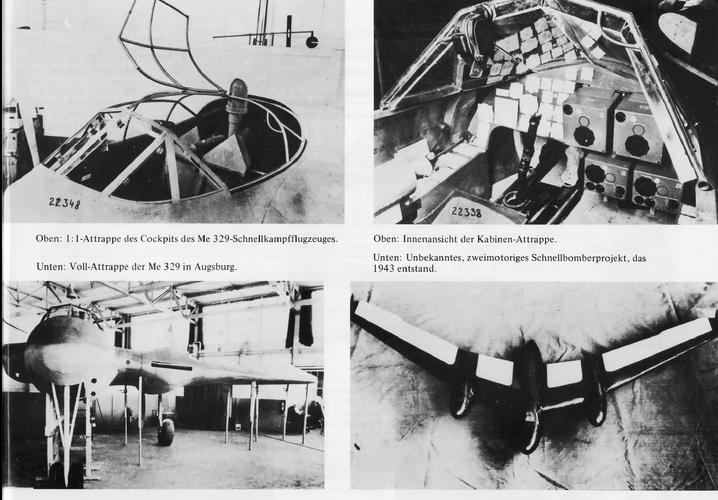It is a Luft ’46 design used by BMW and Messerschmitt.
You may find information about it in the books
-Jet Planes of the Third Reich-The secret projects-VOLUME ONE, pp 49 and VOLUME TWO, pp 260 ,by Manfred Griehl, Monogram 1998-2004
-Luftwaffe Secret Projects –Strategic bombers 1935-45- pp 73 , by Dieter Herwig &
Heinz Rode, Midland 1998-2000.
-German Jet Genesis ,pp 38 , by David Masters , Jane’s 1982
-Paper Planes of the Third Reich ,pp 50 .Toros publications,1988
-Die Deutsche Luftrüstung 1933-45 ,Band 1,pp 148, by Heinz J.Nowarra
Bernard & Graefe Verlag 1993
Actually, the Fw 190 V19 (GH + KP) Wk. Nr. 0042 was experimentally equipped with an “M” wing but testing proved this to be unsatisfactory. It then received normal A-3 wings and served as a number of engines test bed. It crashed 16/02/44.
You may find information about it in the book “Aircraft & Legend, Focke Wulf Fw 190 & Ta 152” pp 72, 73, 144 and 147.
Attached you will find a wartime drawing of the “M” wing, an illustration from the book by Nowarra and the drawing I published extrapolating from that illustration.

